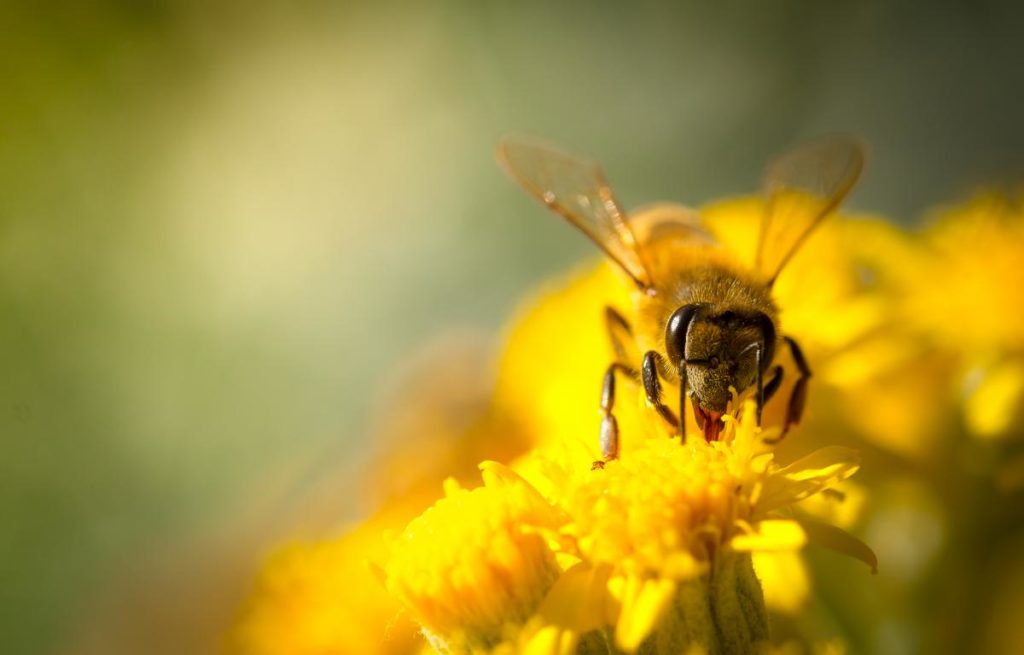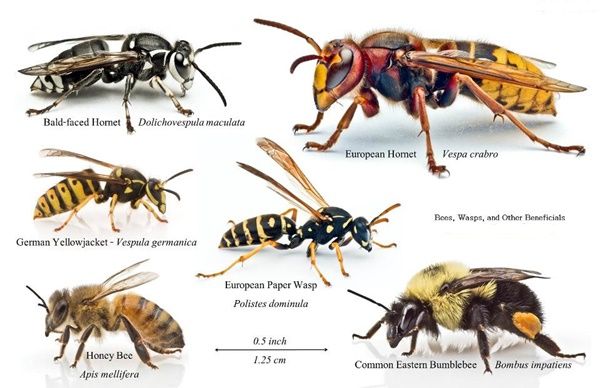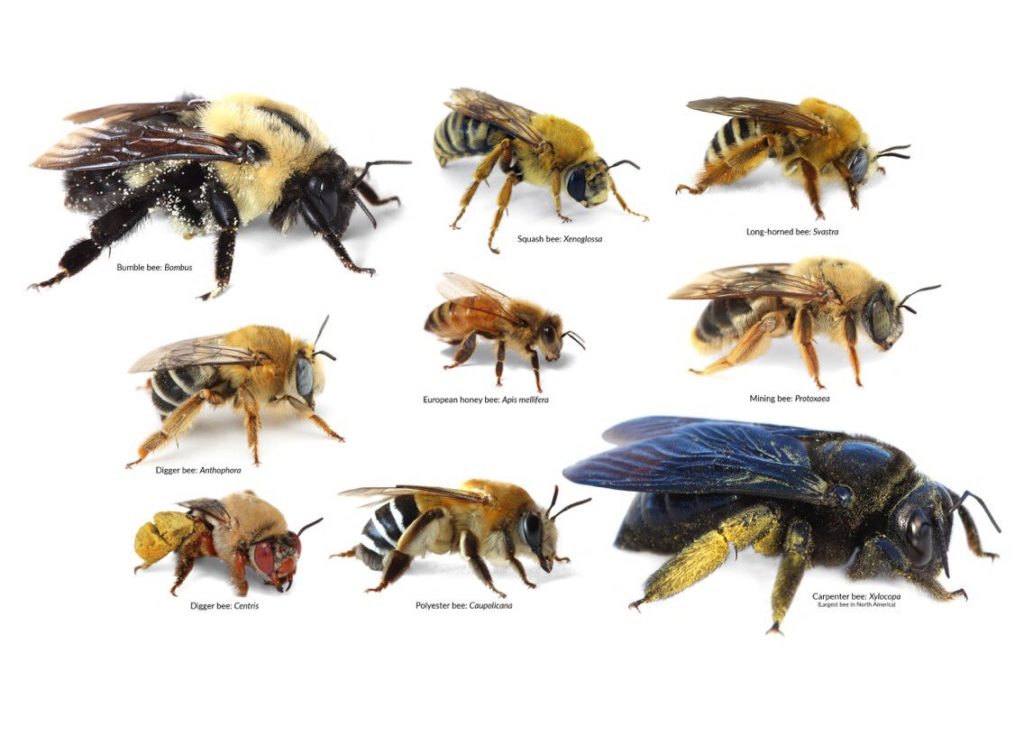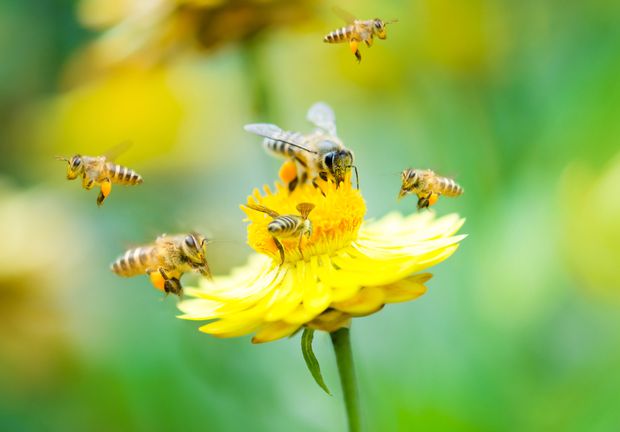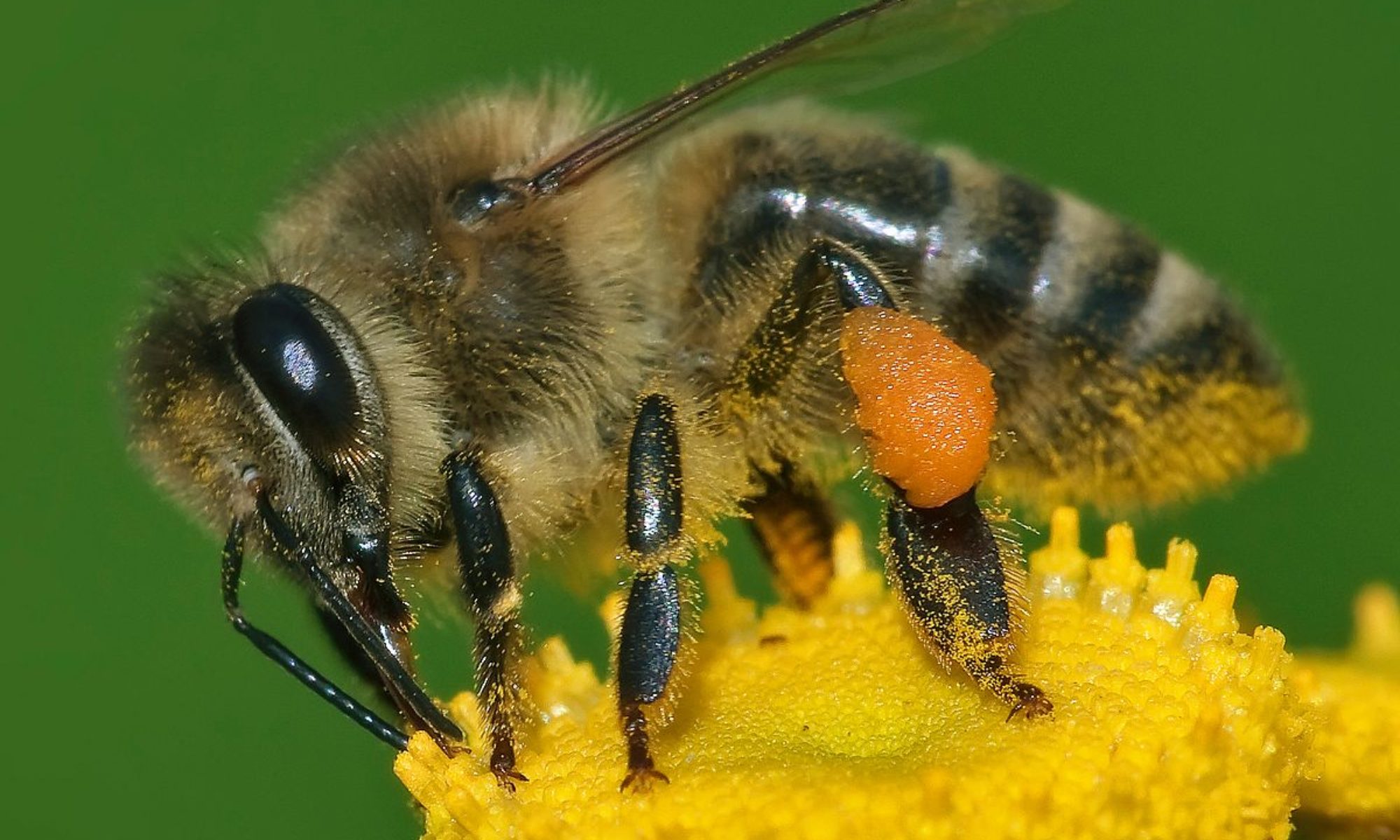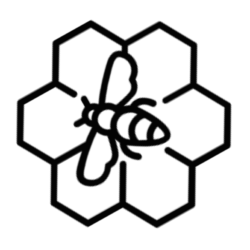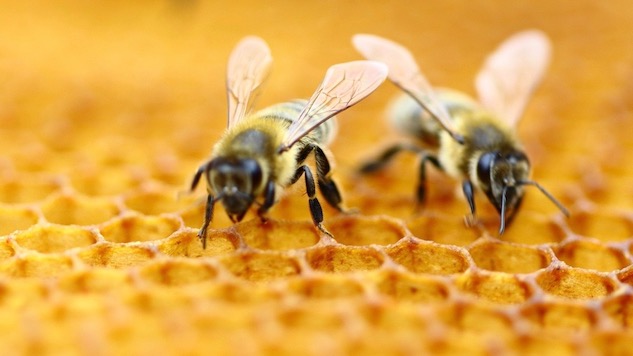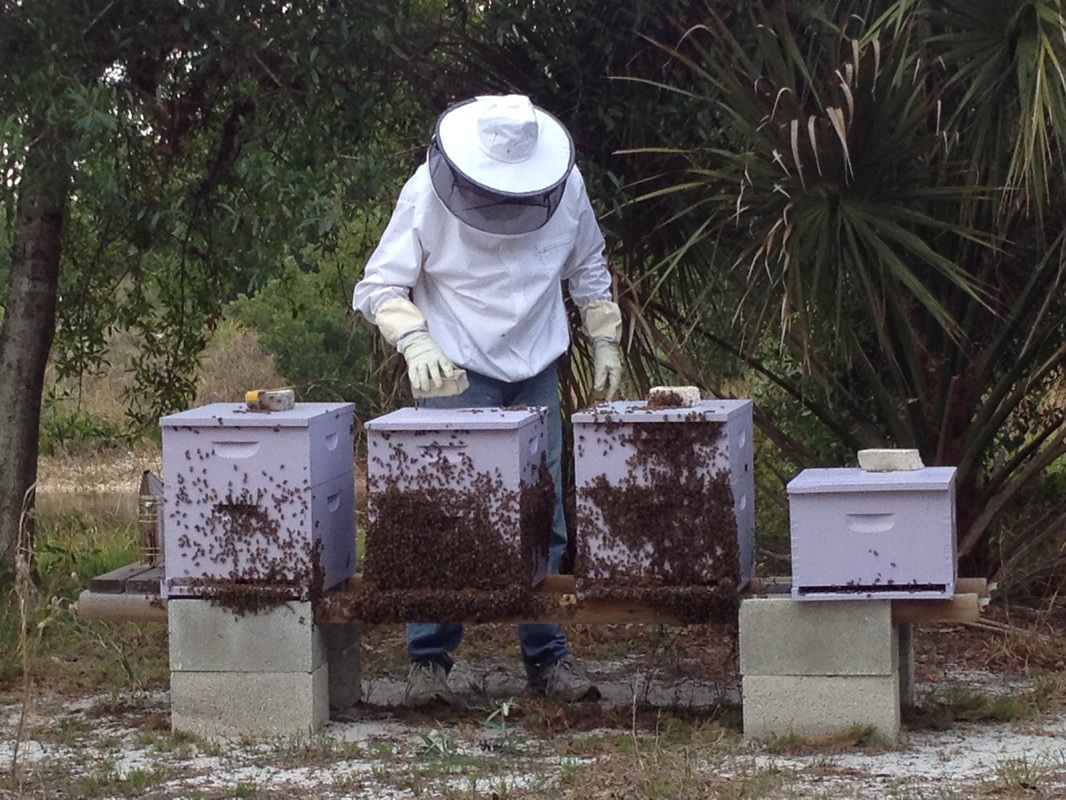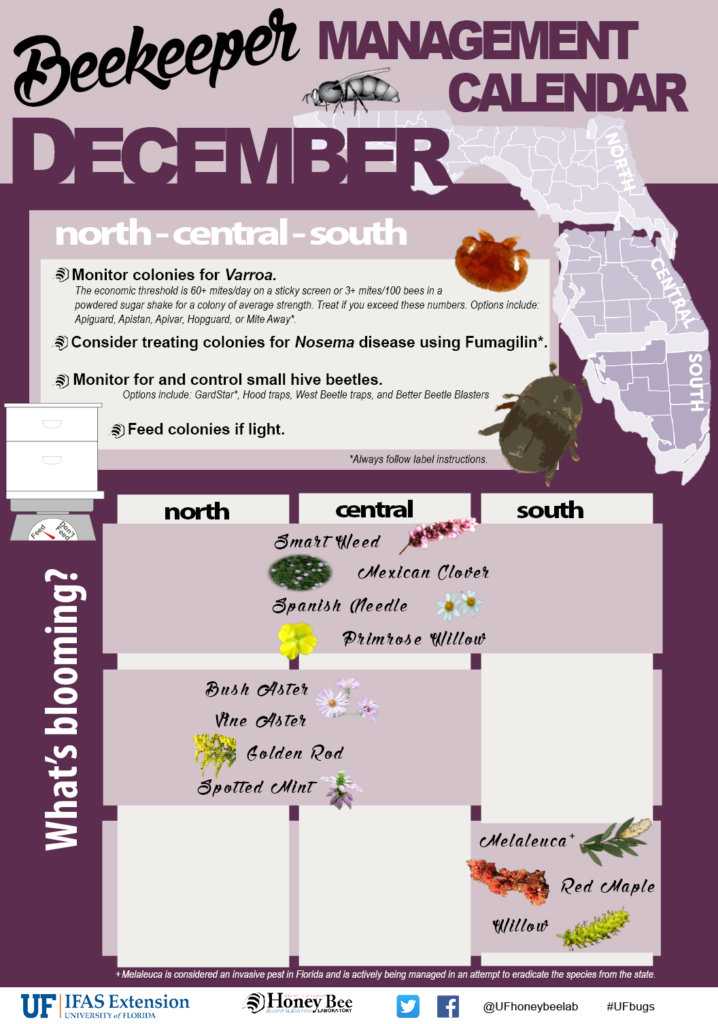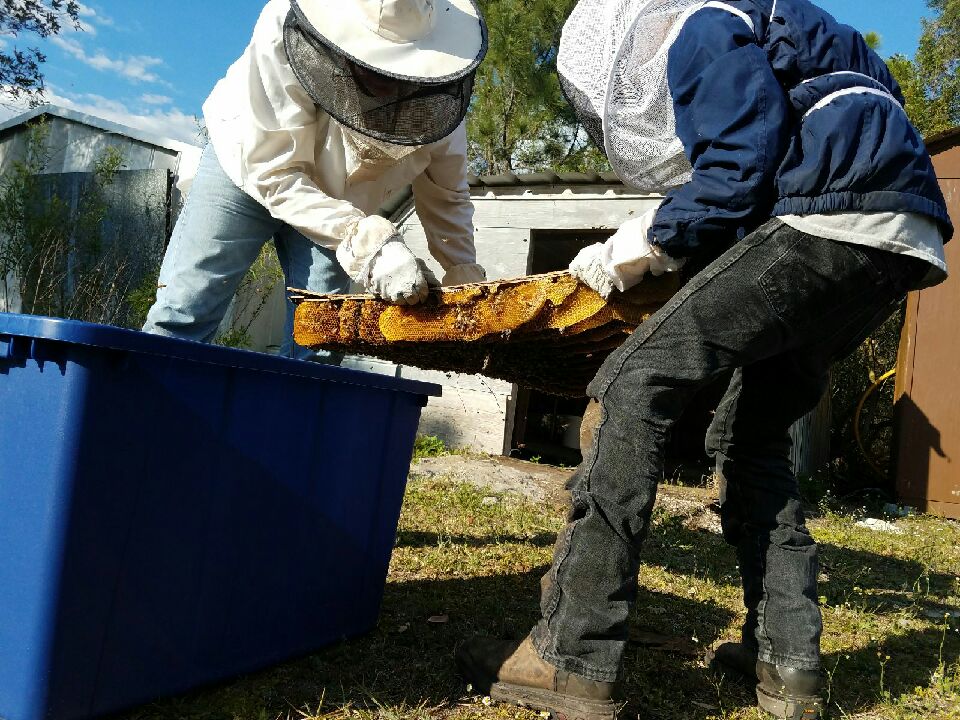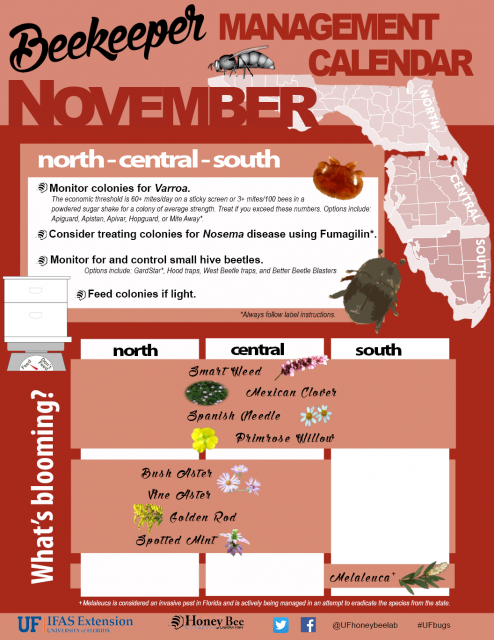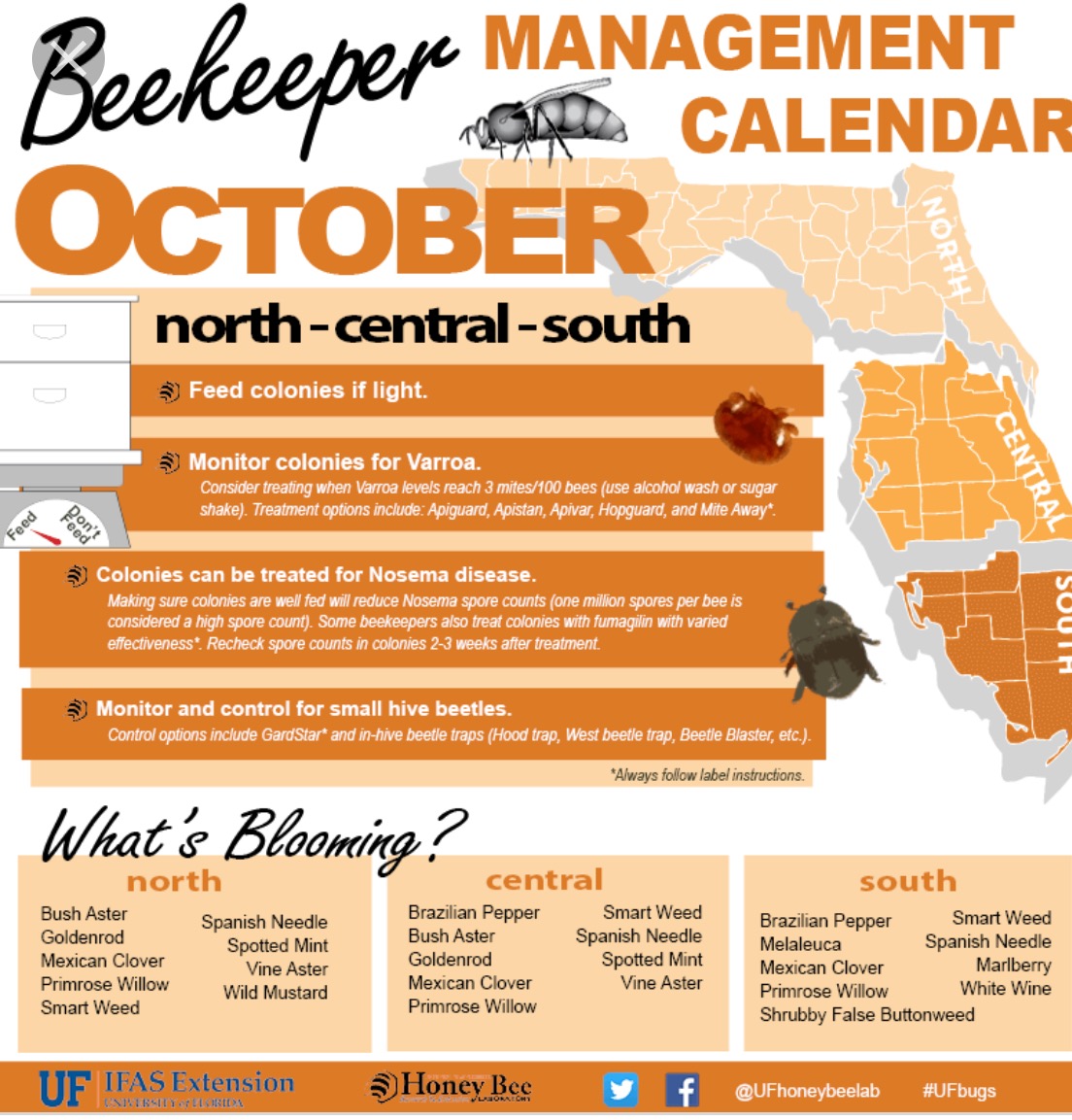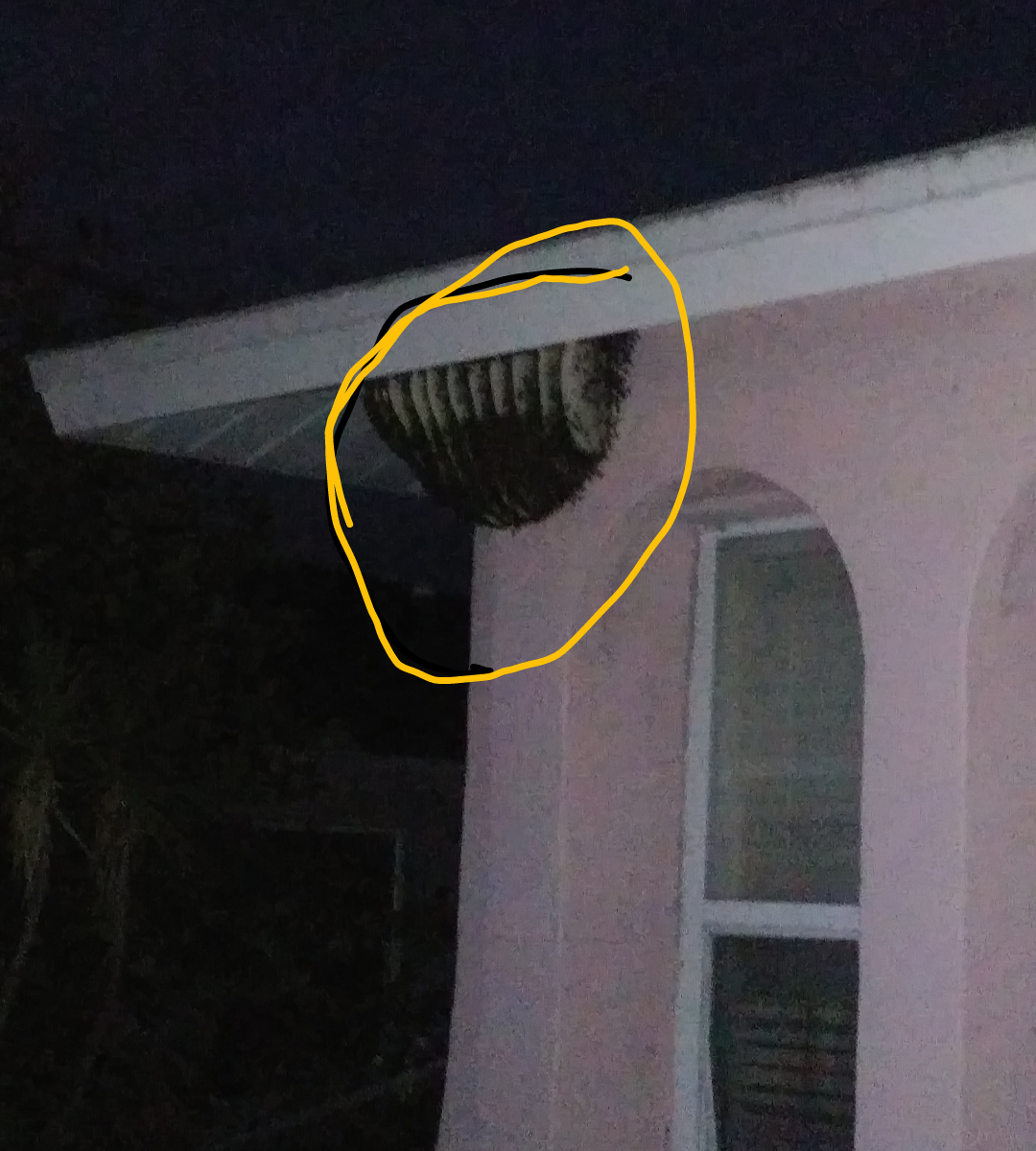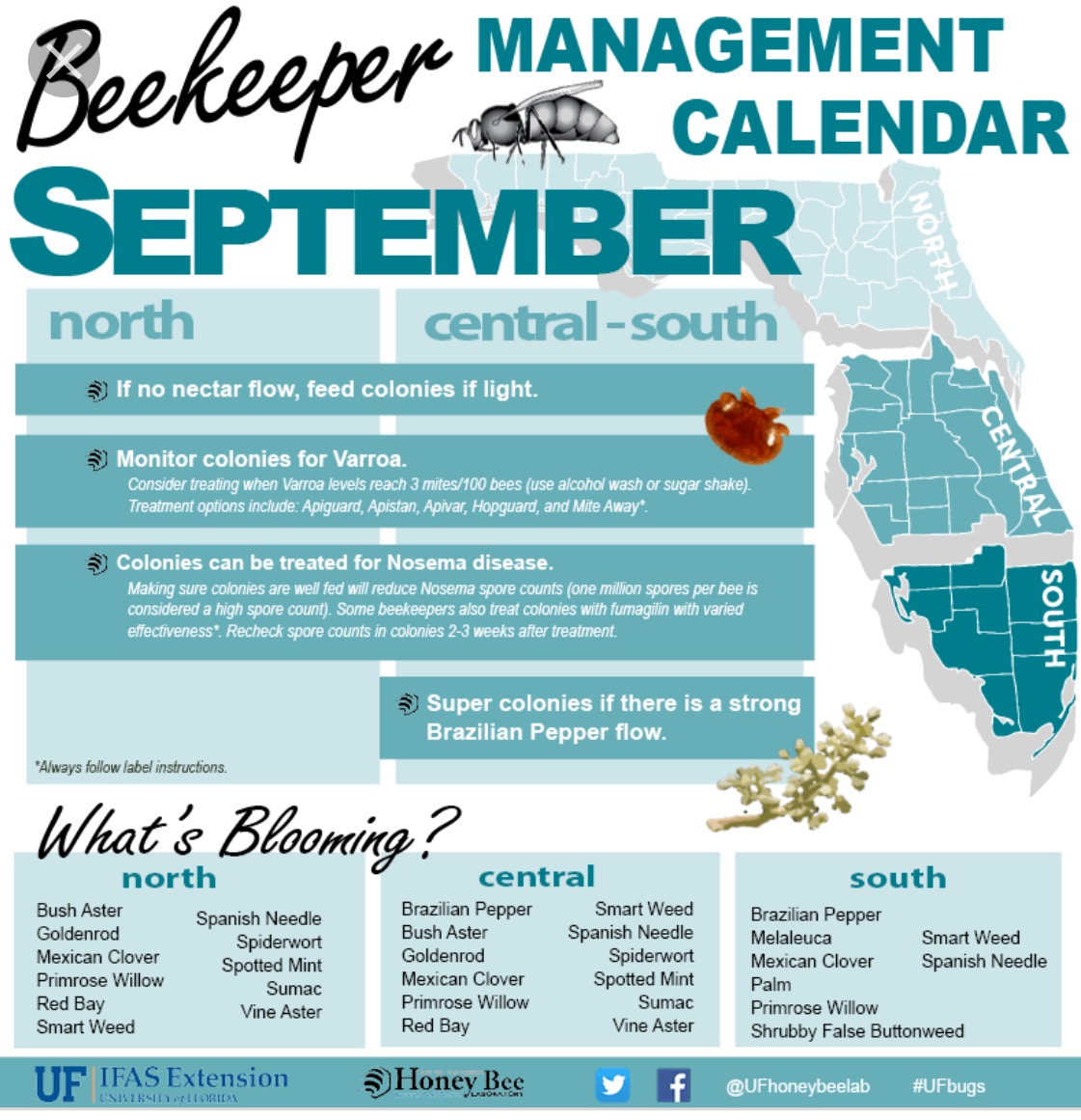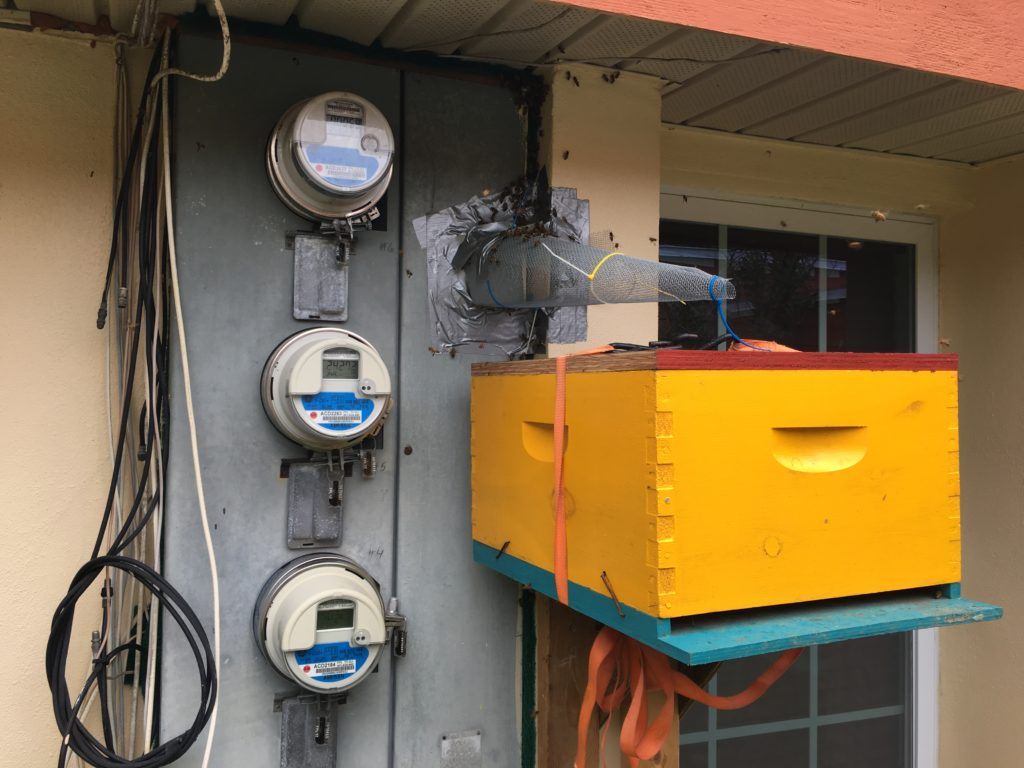Yes. When GreenView Aquaponics Family Farm & Apiary does the repairs to the access area, we will guarantee that honey bees will not return to the the exact location they were removed from. We do the access area repairs only occasionally when they fit within the scope of our work quoted.
Normally, we do not do the repairs, then we will not guarantee against re-infestation of new bee colonies. However, we will be happy to inform you how repairs should be done to prevent bees from ever coming back to that spot again.
In the unlikely event that the problem is not taken care of the first time, GreenView Aquaponics Family Farm & Apiary will continue coming back until the problem is fixed or we will refund part or all of your money. This is at our discretion.
Note: that after a bee hive removal job is complete and the entry point sealed, it is normal to have a few forager bees coming back. They will not be able to get through the sealed entry point. These forager bees can hang around for up to a week or two before they are completely gone.
GreenView Aquaponics Family Farm & Apiary reserves the right to withhold this guarantee for certain situations, but will inform the customer before beginning and it will also be stated on the bee hive removal proposal/invoice/receipt.
